Home>Construction & Tools>Building Materials>How Heavy Is 1 Brick
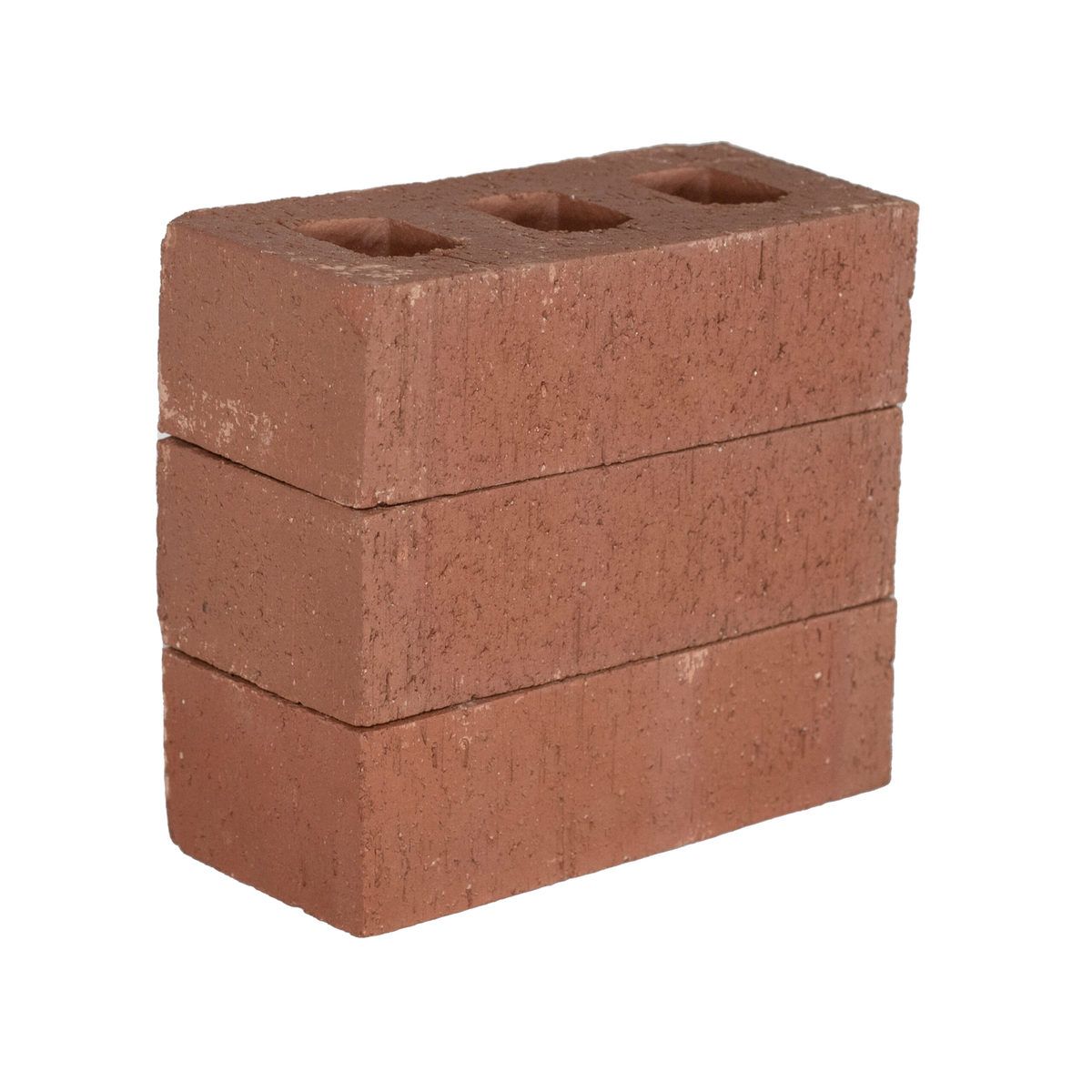

Building Materials
How Heavy Is 1 Brick
Published: January 21, 2024
Discover the weight of a single brick and explore more about building materials. Learn about the weight of different types of bricks and their impact on construction projects.
(Many of the links in this article redirect to a specific reviewed product. Your purchase of these products through affiliate links helps to generate commission for Storables.com, at no extra cost. Learn more)
Introduction
Read also: 9 Best Brass Plumb Bob 1G for 2024
Introduction
Bricks have been an essential building material for centuries, serving as the foundation for countless structures around the world. From ancient civilizations to modern construction projects, bricks have stood the test of time, offering durability, versatility, and aesthetic appeal. One common question that arises when working with bricks is, “How heavy is one brick?” Understanding the weight of bricks is crucial for various construction and logistical considerations, making it an important aspect of building material knowledge.
In this comprehensive guide, we will delve into the world of bricks, exploring their standard sizes and weights, the different types of bricks and their respective weights, factors influencing brick weight, and the typical uses of bricks based on their weight. By the end of this journey, you will have a deeper understanding of the weight dynamics of bricks and their significance in the construction industry.
Key Takeaways:
- Bricks come in various types and weights, from lightweight fly ash bricks to heavy engineering bricks, each serving specific construction needs based on their weight and properties.
- Factors such as material composition, manufacturing processes, and moisture content influence the weight of bricks, impacting their suitability for different construction applications.
Standard Brick Size and Weight
When it comes to standard brick size, the dimensions can vary slightly depending on the region and specific requirements. However, a commonly used standard size for bricks is 3-5/8 inches x 2-1/4 inches x 8 inches. This size is known as the “modular” brick size and is widely used in construction projects. It’s important to note that while the dimensions are relatively consistent, the weight of a standard brick can differ based on its composition and density.
The weight of a standard brick is typically around 4.5 pounds. However, this can vary based on factors such as the type of material used, the manufacturing process, and any additional treatments or coatings applied to the brick. It’s essential to consider these variations when planning and executing construction projects to ensure accurate estimations of material quantities and structural load-bearing capabilities.
Different Types of Bricks and Their Weights
Bricks come in a diverse range of types, each with its own unique properties and characteristics. The weight of a brick is influenced by the materials used in its composition and the specific manufacturing processes employed. Here are some common types of bricks and their respective weights:
- Clay Bricks: Traditional clay bricks, known for their natural appeal and durability, typically weigh around 5 pounds. The weight can vary slightly based on factors such as moisture content and firing techniques.
- Concrete Bricks: Concrete bricks, manufactured using a blend of cement, sand, and aggregates, are known for their strength and uniformity. These bricks generally weigh around 8-10 pounds, depending on their density and composition.
- Fly Ash Bricks: Utilizing fly ash, a byproduct of coal combustion, these environmentally friendly bricks are lightweight compared to traditional clay bricks, weighing approximately 3-4 pounds. Their lower weight makes them suitable for various construction applications.
- Engineering Bricks: Engineered for exceptional strength and resistance to moisture and chemicals, engineering bricks are denser and heavier, typically weighing 7-9 pounds. Their robust nature makes them ideal for demanding structural requirements.
- Reclaimed Bricks: Bricks salvaged from older structures, known for their weathered charm and character, can vary widely in weight based on factors such as weathering, moisture absorption, and the original manufacturing process.
These are just a few examples of the myriad brick types available, each contributing unique attributes to construction projects. Understanding the weight variations among different brick types is crucial for selecting the most suitable option based on project requirements and structural considerations.
Factors Affecting the Weight of a Brick
The weight of a brick is influenced by several key factors, each playing a significant role in determining its overall mass and density. Understanding these factors is essential for accurately estimating material quantities and ensuring structural integrity in construction projects. Here are the primary factors affecting the weight of a brick:
- Material Composition: The materials used in the production of bricks, such as clay, concrete, fly ash, or a combination of these, directly impact the brick’s weight. Variations in material density and composition contribute to differences in brick weight.
- Manufacturing Process: The method of manufacturing, including molding, drying, and firing techniques, can influence the density and weight of the final brick product. Factors such as compression during molding and the duration and temperature of the firing process play a crucial role in determining brick weight.
- Moisture Content: The moisture content of the raw materials and the drying process during brick production can affect the weight of the finished bricks. Higher moisture levels may result in heavier bricks, while thorough drying can contribute to reduced weight.
- Size and Shape: Variations in brick dimensions and shape can impact weight. Larger or thicker bricks will naturally weigh more than smaller or thinner counterparts, while irregular shapes may exhibit differences in weight distribution.
- Treatments and Coatings: Some bricks may undergo additional treatments or coatings for enhanced durability, weather resistance, or aesthetic purposes. These treatments can add extra weight to the bricks, influencing their overall mass.
By considering these factors, builders and construction professionals can make informed decisions when selecting bricks for specific applications, accounting for weight variations based on material composition, manufacturing processes, and other influential elements.
A standard red clay brick typically weighs around 5 pounds.
Read also: 12 Amazing 1′ Extension Cord for 2024
Typical Uses of Bricks by Weight
The weight of bricks plays a crucial role in determining their suitability for various construction applications. Different types of bricks, characterized by their respective weights, are utilized in diverse ways based on their structural capabilities, aesthetic qualities, and functional requirements. Here are the typical uses of bricks categorized by weight:
- Lightweight Bricks (e.g., Fly Ash Bricks): Due to their lower weight and good insulating properties, lightweight bricks are commonly used in applications where reduced structural load is desired. These include non-load-bearing walls, thermal insulation, and partitions within buildings.
- Standard Bricks (e.g., Clay Bricks): Standard bricks, with a moderate weight, are versatile and find extensive use in load-bearing walls, facades, and various masonry structures. Their balanced weight and durability make them suitable for a wide range of construction projects.
- Heavy-Duty Bricks (e.g., Engineering Bricks): Bricks with higher weight and exceptional strength are employed in demanding applications such as foundations, retaining walls, and areas requiring resistance to abrasion and harsh environmental conditions.
- Decorative and Specialized Bricks: Unique and often heavier bricks, including reclaimed and specialty bricks, are utilized for decorative facades, historical restoration projects, and custom architectural features, adding character and visual appeal to buildings.
Understanding the specific uses and load-bearing capacities of bricks based on their weight is pivotal in ensuring the structural integrity and performance of construction projects. By selecting bricks that align with the intended applications and design requirements, builders can optimize the functionality and aesthetics of the built environment.
Conclusion
Bricks, with their rich history and enduring presence in construction, are not only defined by their diverse types and sizes but also by their varying weights. The weight of a brick serves as a critical consideration in the planning, design, and execution of building projects, influencing everything from load-bearing capacities to thermal properties and aesthetic expressions.
Understanding the standard sizes and weights of bricks, as well as the variations among different brick types, empowers builders, architects, and construction professionals to make informed decisions when selecting materials for specific applications. Whether it’s the versatility of standard bricks, the lightweight efficiency of fly ash bricks, or the robustness of engineering bricks, each type finds its place in the construction landscape based on its weight and inherent characteristics.
Factors such as material composition, manufacturing processes, moisture content, and treatments contribute to the weight dynamics of bricks, highlighting the intricate interplay of elements that shape their properties. By recognizing these factors, stakeholders in the construction industry can navigate the complexities of brick selection and utilization, ensuring optimal performance and longevity in built structures.
Ultimately, the weight of a brick is not merely a physical attribute but a defining factor that influences the form, function, and longevity of the built environment. As we continue to innovate and evolve in construction practices, the weight of bricks remains a fundamental consideration, anchoring the timeless legacy of this indispensable building material.
Frequently Asked Questions about How Heavy Is 1 Brick
Was this page helpful?
At Storables.com, we guarantee accurate and reliable information. Our content, validated by Expert Board Contributors, is crafted following stringent Editorial Policies. We're committed to providing you with well-researched, expert-backed insights for all your informational needs.

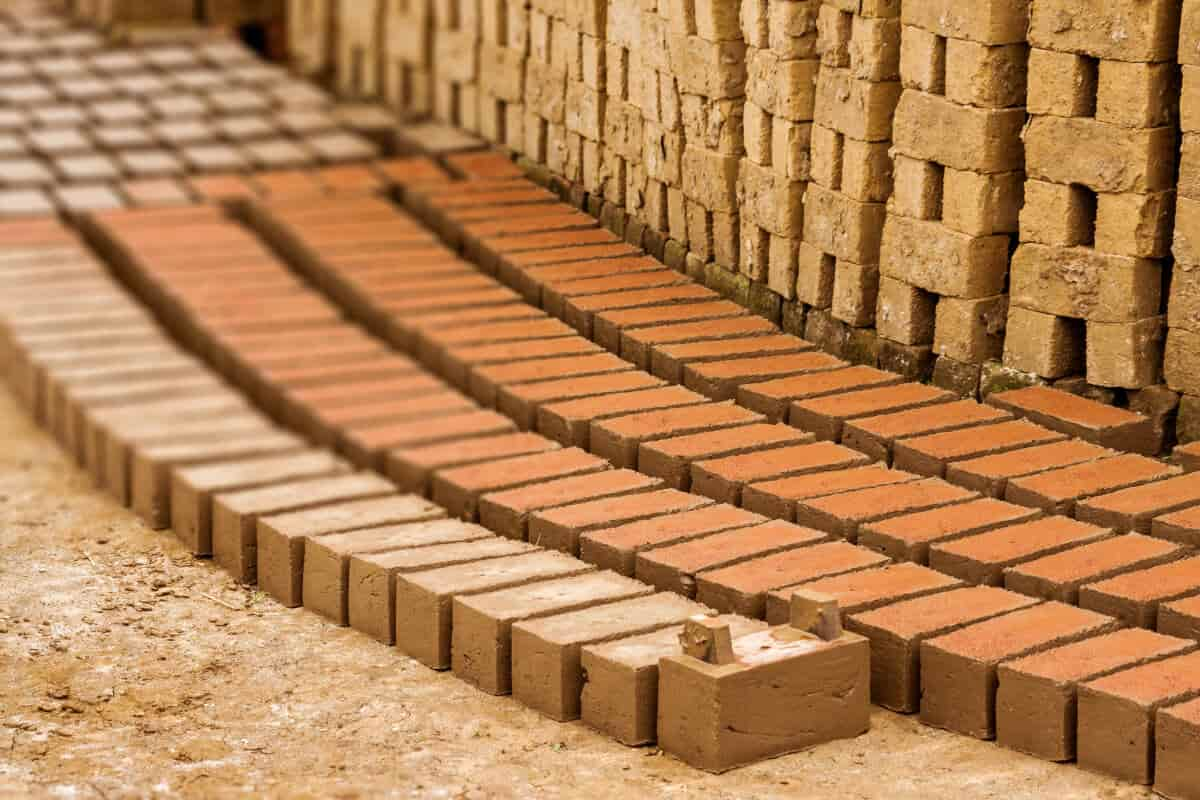

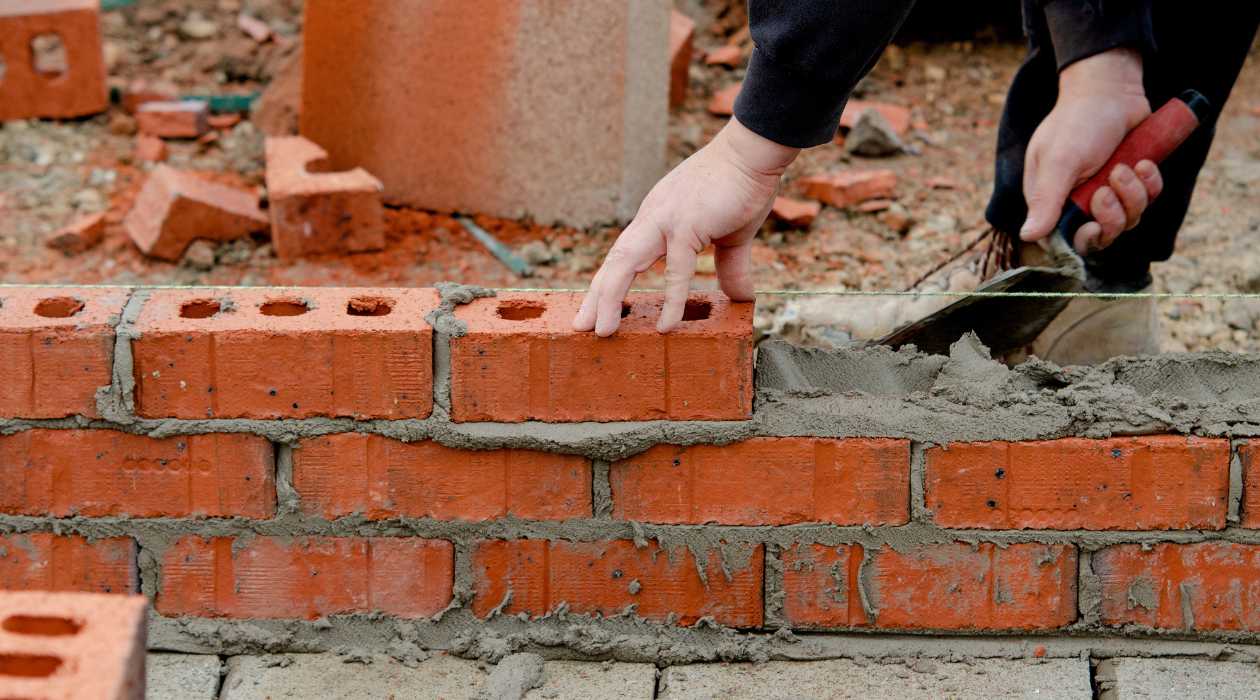

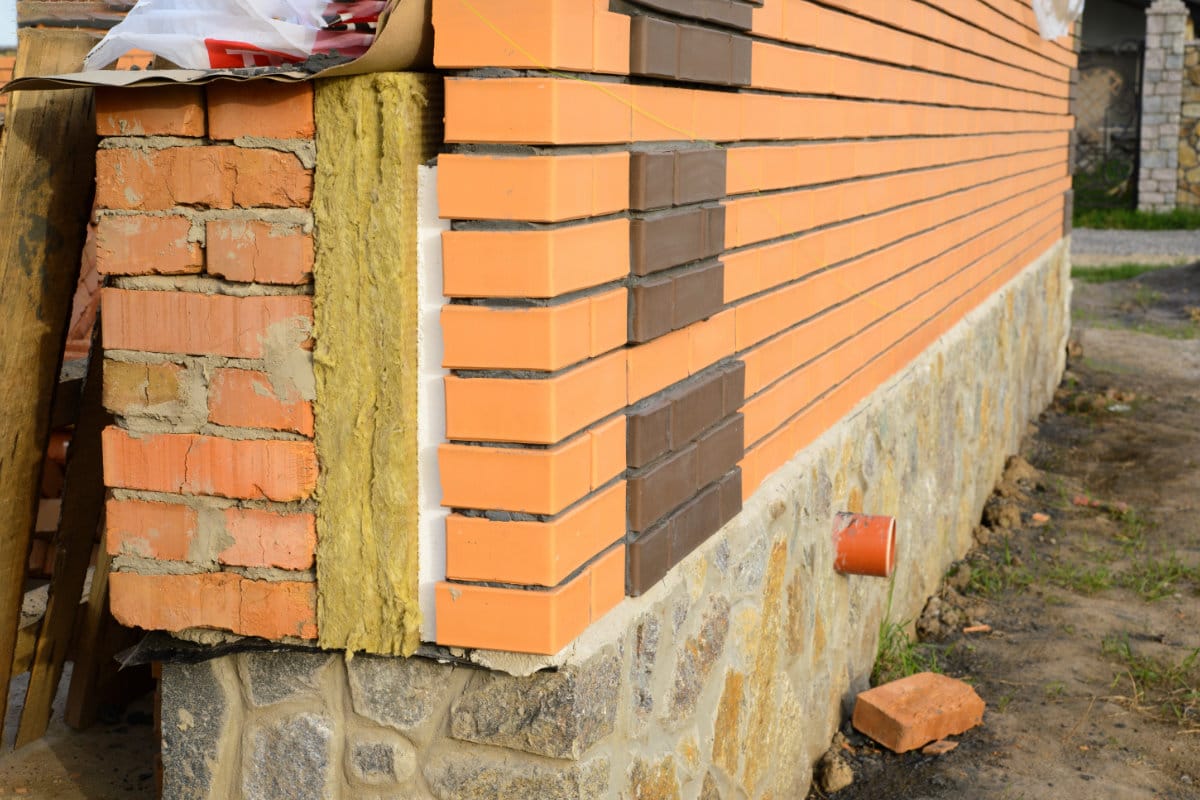


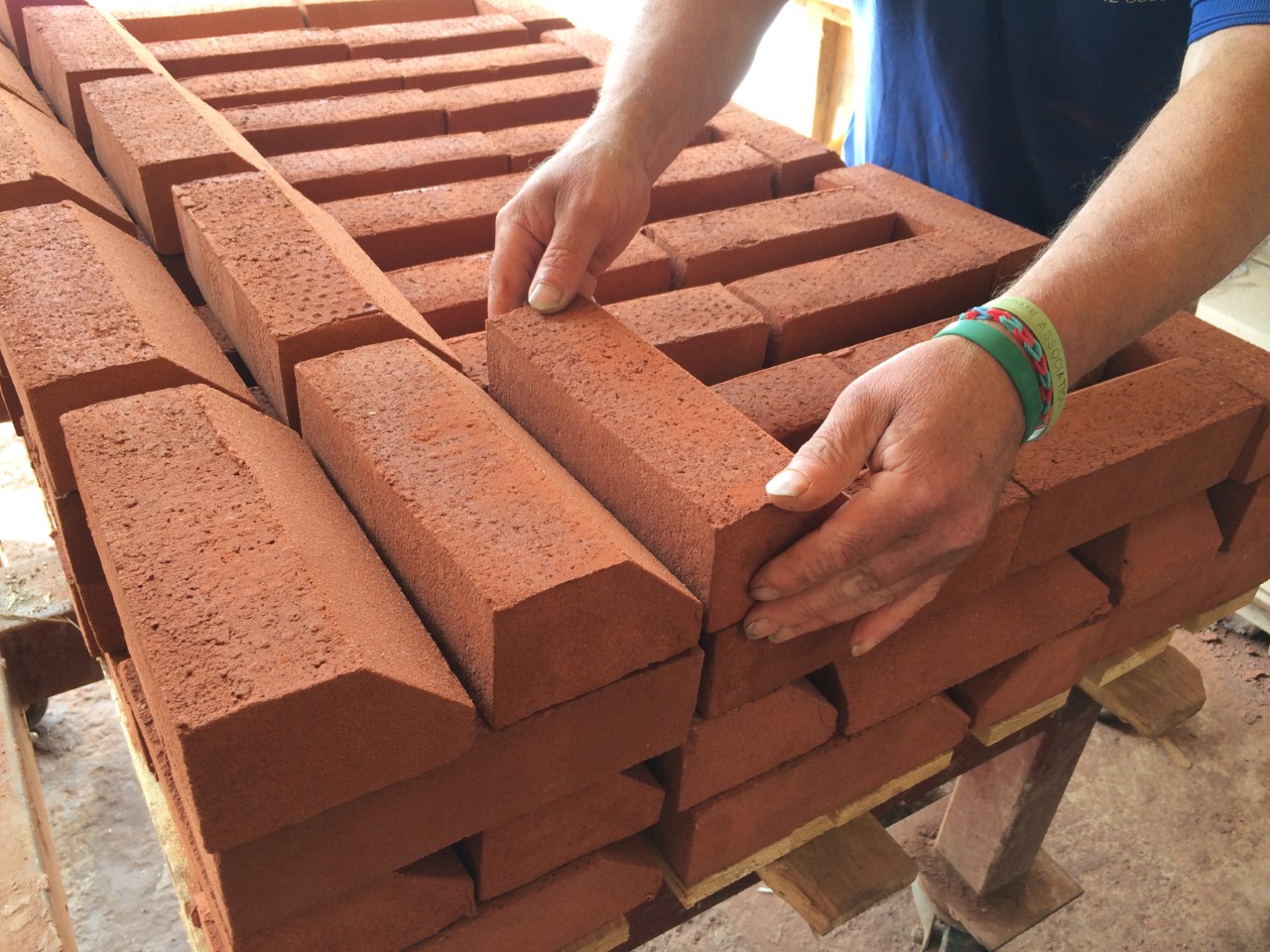






0 thoughts on “How Heavy Is 1 Brick”